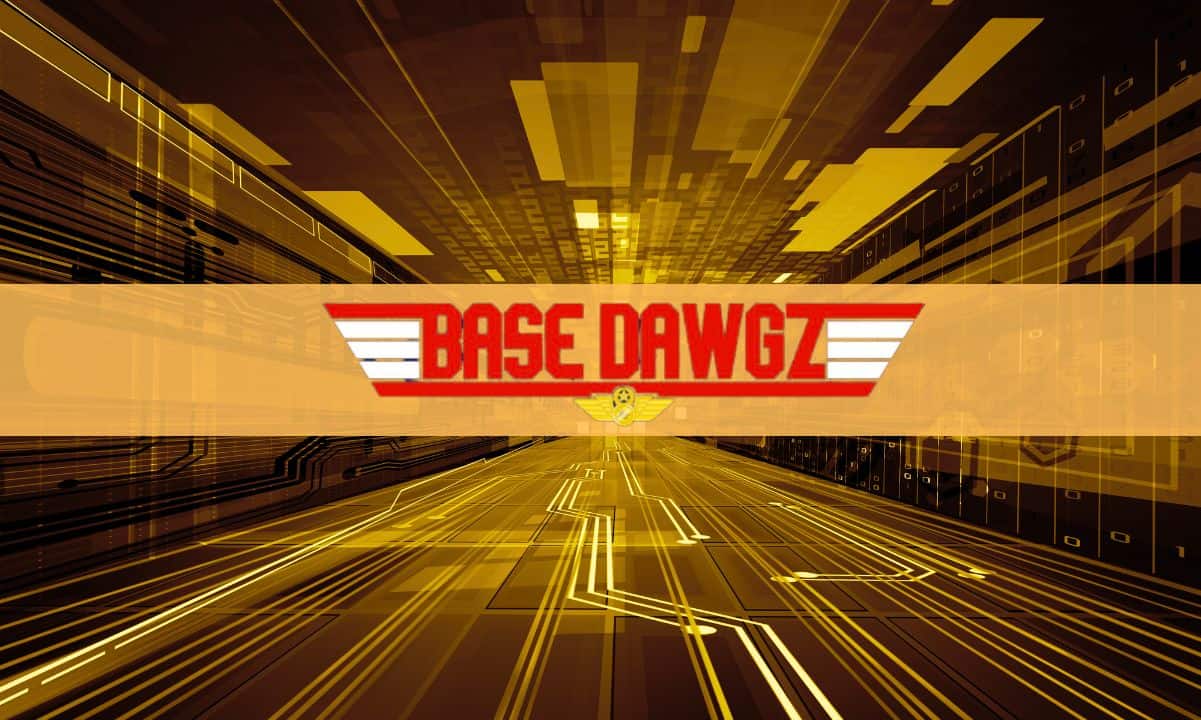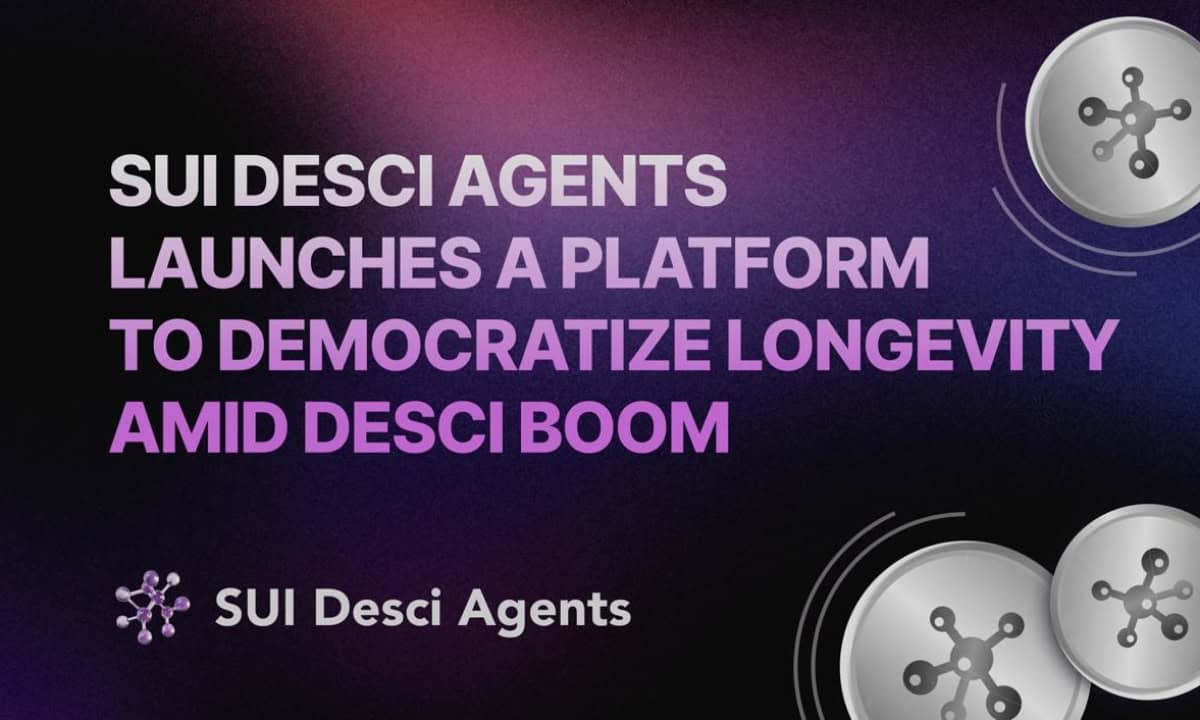NEXT Chain: New Generation Blockchain With Eyes on the DeFi Industry
[Featured Content]
The cryptocurrency industry is booming throughout the past year, and the increase in the total market capitalization is definitive proof.
The market is, at the time of this writing, valued at about $1.5 trillion. The same can be said about the DeFi industry. The total value locked in various protocols exceeds $39 billion, and the direction has been up only for quite some time.
However, this has also brought certain inefficiencies in different solutions, including Ethereum. Transaction fees on the network surge as it’s clogged by new participants. This is the reason we’ve seen plenty of alternative solutions being developed to tackle these issues.
NEXT chain is a new-generation blockchain that allows the tokenization of various assets, making them instantly tradeable at quick speeds and low fees.
What is NEXT Chain?
NEXT Chain is a blockchain that allows anyone to create and maintain their own digital assets in a manner that’s easy and rather similar to the ERC20 protocol standard running on Ethereum. All assets are tradeable directly as the team’s aim is to deliver transparent liquidity to existing and new projects.
The capabilities of the network include but are not limited to:
- Issuing digital fungible assets such as bonds, stocks, and other securities
- Creating non-fungible tokens (NFTs)
- Creating and managing sovereign and decentralized identities
- Design and run other types of arbitrary-complex smart contracts
It’s also worth noting that the blockchain is up and running since April 2019. It already has almost 200 master nodes, and, as the team reports, it doesn’t have a single failed transaction.
Additionally, the team aims to deliver the most profit for its community by taking advantage of different financial activities while also putting real-backed assets on-chain such as company stocks or commodities like gold, for example. It will also be connected to a fiat gateway, so there’s no middleman if the user decides to swap to EUR or USD, for instance.
The team has implemented a combination of Proof of Work and Proo of Stake consensus algorithms with master node validators acting as a Layer 2 technology. This allows the network to achieve high transactional throughput, typical of PoS networks, while also keeping the PoW principles to guarantee that miners calculate hashes with strong encryption.
Some of the advantages of these integrations include low transaction fees, high speeds, and scalability.
What Are the Benefits for Projects and Investors?
Teams are incentivized to build on NEXT Chain through a variety of different mechanisms, mainly through the capabilities of the blockchain itself.
They can create assets quickly and easily and also take advantage of crowdfunding opportunities. The transactions are quick, and the fees are comparatively lower. The team reports that the blockchain can handle up to 10,000 transactions per second (TPS) which is considerably more than Bitcoin or Ethereum’s chains.
On the other hand, investors can benefit from liquidity farming, staking rewards, master node rewards, mining, as well as from master node governance.
The NEXT Exchange
Another important part of NEXT’s ecosystem is the NEXT Exchange. It’s built on the proprietary blockchain, and it’s fueled by master nodes that allow it to reach a very high transactional throughput.
Each user retains full custody over their funds and gains access to their own private keys. It’s also worth noting that the team is building an alternative to Uniswap and PancakeSwap as the leading decentralized exchanges on Ethereum and Binance Smart Chain, respectively.
In addition to that, there are other initiatives that the project has in store, such as:
- New and updated desktop wallet
- Upgraded block explorer
- A mobile app
- Integrating smart contracts on NEXT chain
- Atomic swaps









